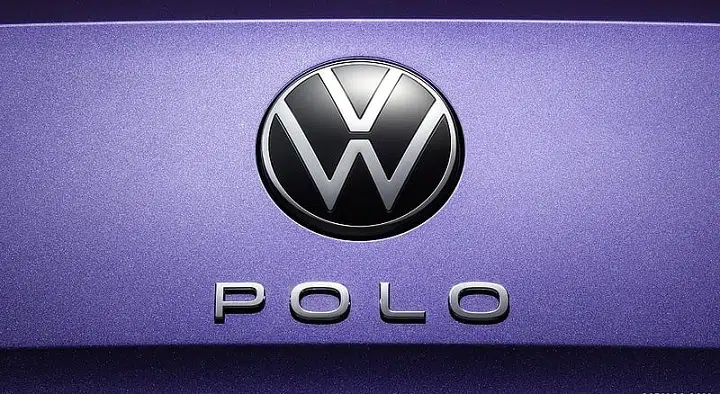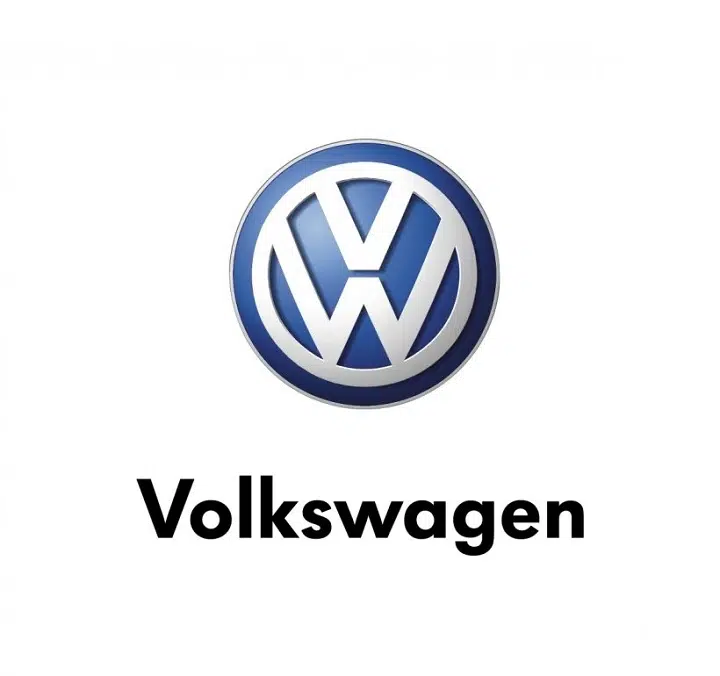The Polo car symbol has become one of the most recognizable automotive identifiers, not just for the Volkswagen Polo but for the entire VW brand family. It’s a badge that signifies German engineering, modern design, and brand legacy. While the Polo does not have a separate symbol of its own, it proudly carries the globally recognized Volkswagen logo, an emblem steeped in tradition and innovation.
In this article, we explore the origin, design, and importance of the Polo car symbol, along with its placements, evolution, and how it reflects Volkswagen’s identity.
What Is the Polo Car Symbol?
The Polo car symbol refers to the emblem used on the Volkswagen Polo, which is the same as the main Volkswagen brand logo. This logo is a clean, circular icon that merges the letters “V” and “W” in a symmetrical design. The simplicity of the symbol reflects Volkswagen’s core principles—precision, clarity, and approachability.
Rather than creating a separate badge for each model, Volkswagen uses the same symbol across its lineup, which includes models like Golf, Tiguan, Jetta, and Polo. For Polo owners, the symbol functions as a stamp of reliability and quality.
Evolution of the Volkswagen Logo Seen on the Polo
Although the Polo itself hasn’t had a unique symbol, the Volkswagen logo featured on the car has evolved since its original creation in the 1930s. Over the years, the design has been modernized while retaining its iconic circular structure.
| Year | Logo Design Style | Used On Polo Models |
| 1937–1945 | Gear-shaped industrial look | Not applicable (pre-Polo era) |
| 1945–2000 | Minimalist flat logo | Polo Mk1 to Mk3 |
| 2000–2019 | 3D chrome-style design | Polo Mk4 to early Mk6 |
| 2020–Now | Flat, digital-friendly logo | Current Polo Mk6 and beyond |
The current version is minimal, modern, and designed to display clearly across all digital and physical platforms.
Where Is the Polo Car Symbol Located?
The Volkswagen logo appears in multiple locations on the Polo to ensure consistent brand visibility and styling. Here’s where you can expect to find it:
Front Grille
Centrally positioned on the front, the emblem serves as a brand statement and part of the car’s face.
Rear Hatch
Mounted on the back, this version often doubles as a release latch for the trunk in newer Polo models.
Steering Wheel
Inside the cabin, the badge sits prominently at the center of the steering wheel for immediate brand recognition.
Alloy Wheel Caps
Each wheel typically features a smaller version of the logo in the center cap, keeping the branding consistent from all angles.
Engine Bay (select trims)
High-trim or performance variants like the GTI may include the emblem on the engine cover as a finishing touch.
What the Polo Symbol Represents
The Polo car symbol represents more than just a company. It embodies the values of practicality, precision, and everyday performance. As the Polo is one of Volkswagen’s most successful compact cars, the symbol also carries global familiarity and a strong reputation in both urban and emerging markets.
The circle around the letters suggests unity and continuity. It reflects how Volkswagen vehicles—including the Polo—are positioned to be reliable, accessible, and refined.
Polo GTI and Variant Badges
Although the standard Polo shares the Volkswagen badge with other models, higher-performance versions like the Polo GTI include additional identifiers. These often include red GTI lettering beside or below the main emblem on:
- Front grille
- Rear bootlid
- Dashboard
- Steering wheel
This distinguishes the performance model while still retaining the core VW symbol.
Authentic vs Aftermarket Polo Symbols
With the popularity of the Volkswagen Polo, aftermarket accessories often include badges and replacements. But it’s important to differentiate genuine symbols from replicas, especially when replacing damaged emblems.
Here are tips to identify original parts:
- Material: Genuine parts are made from polished ABS plastic or coated metal
- Finish: The original has a seamless chrome or satin finish
- Markings: OEM badges come with part numbers and Volkswagen branding
- Fitment: Originals fit flush with the car body or grille without modification
Buying from official dealers or verified auto part retailers is the best way to ensure authenticity.
Symbol Meaning in the Context of the Polo
Volkswagen’s design approach has always been about refining functionality into elegance. The Polo, being a compact city car with premium flair, complements the brand’s ethos perfectly. That makes the shared symbol a badge of both performance and efficiency.
For first-time car buyers, young professionals, or city drivers, the Polo’s symbol stands for dependability, value, and intelligent European design.
FAQs About the Polo Car Symbol
Does the Polo have its own logo?
No. The Polo uses the standard Volkswagen logo, which is used across all VW models.
Where can I find the Polo symbol on my car?
It appears on the front grille, rear hatch, steering wheel, wheels, and sometimes the engine cover.
Is there a special symbol for the Polo GTI?
Yes, the Polo GTI includes GTI lettering on the grille and rear next to the main Volkswagen badge.
Can I change the Polo symbol to a black or custom version?
Yes. Many aftermarket options are available in black, red, or carbon finishes. Ensure they are compatible with your model year.
What does the circle around the VW letters represent?
It symbolizes unity, simplicity, and consistency across the Volkswagen lineup, including the Polo.
The Polo car symbol may not be unique to the model, but it carries the full strength of Volkswagen’s global identity. For Polo drivers, the VW emblem represents more than aesthetics—it’s a promise of innovation, reliability, and smart design. Whether you see it on the grille, the steering wheel, or the wheel caps, this clean and minimal badge tells the world that your car comes from a lineage of precision and trust.



